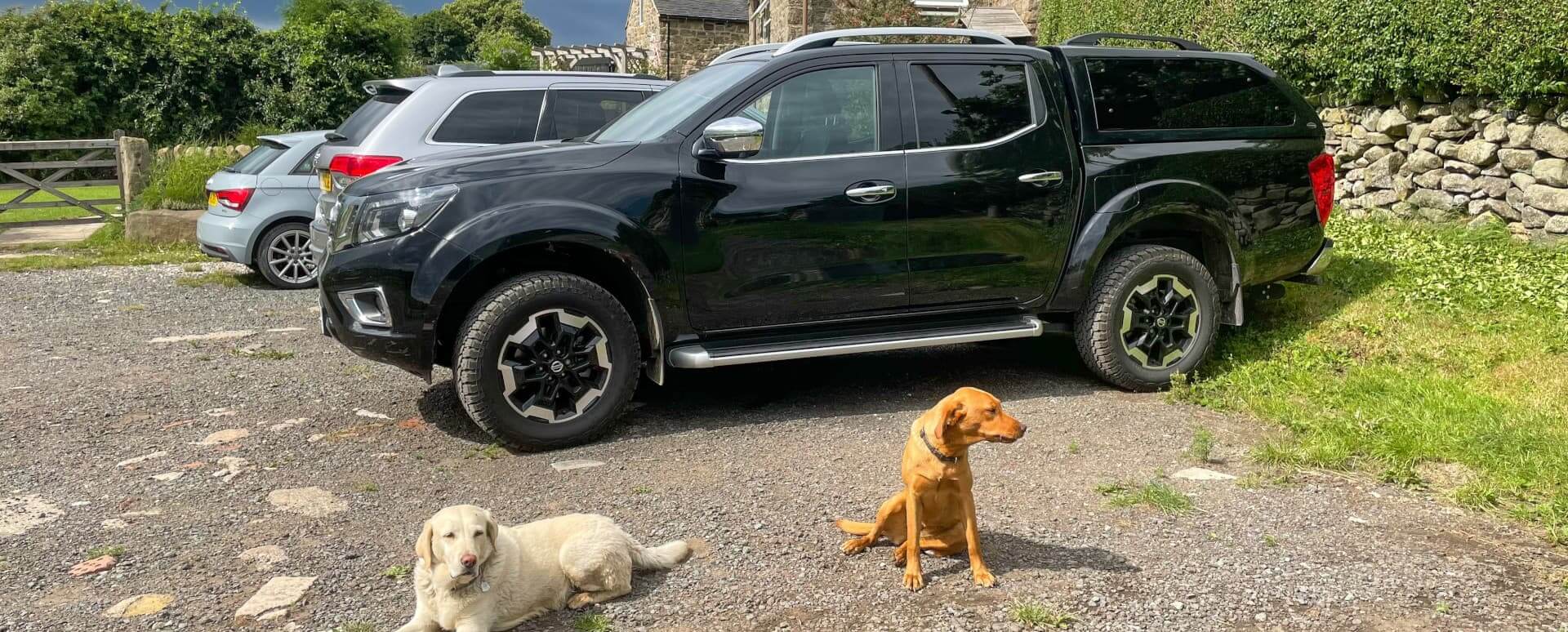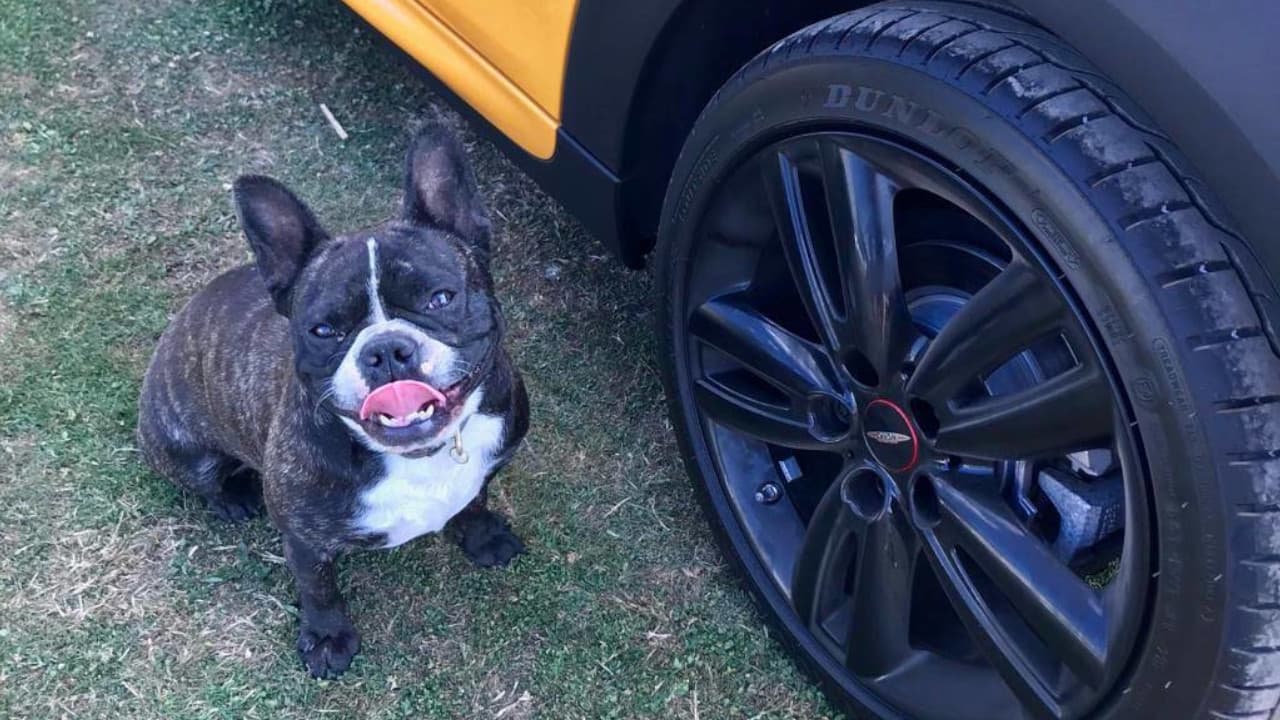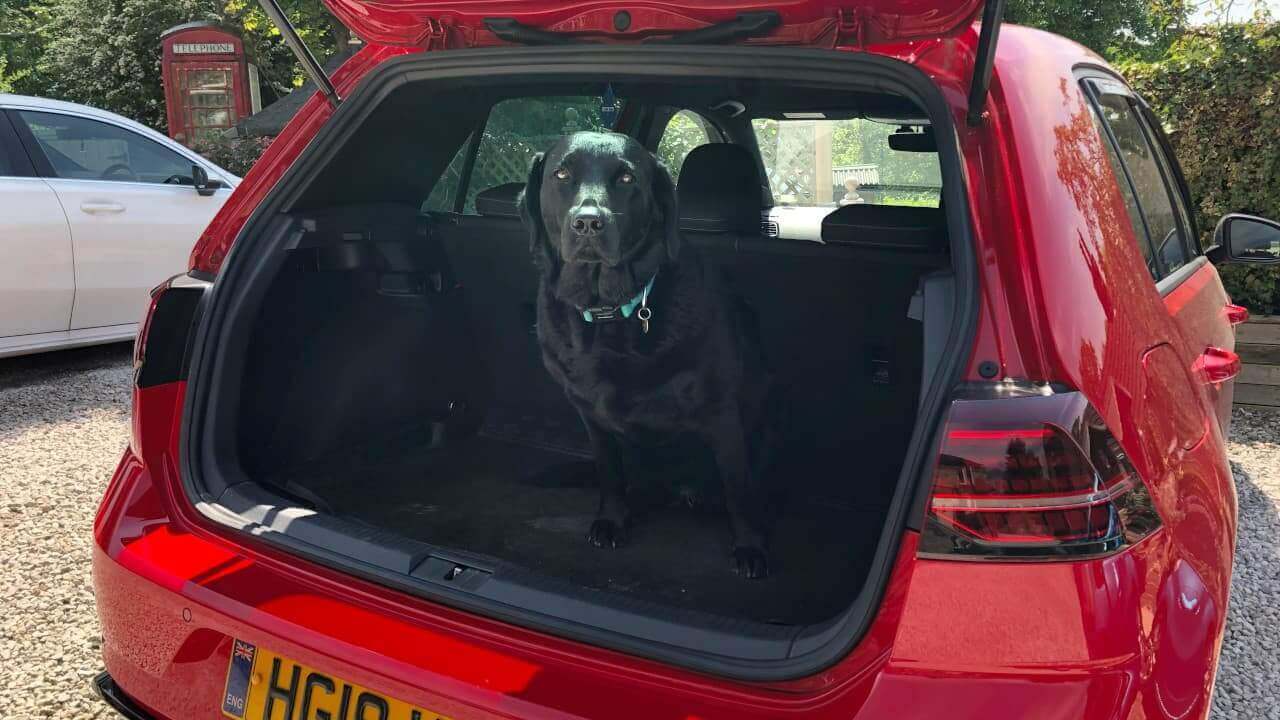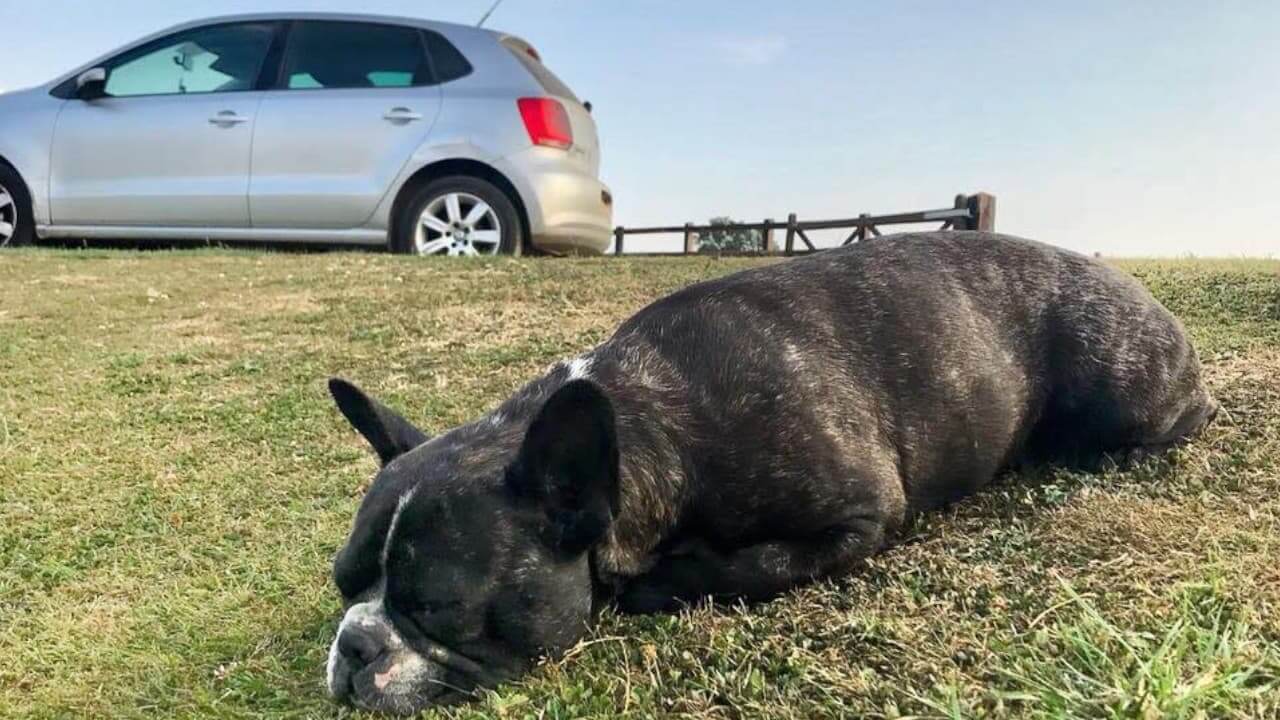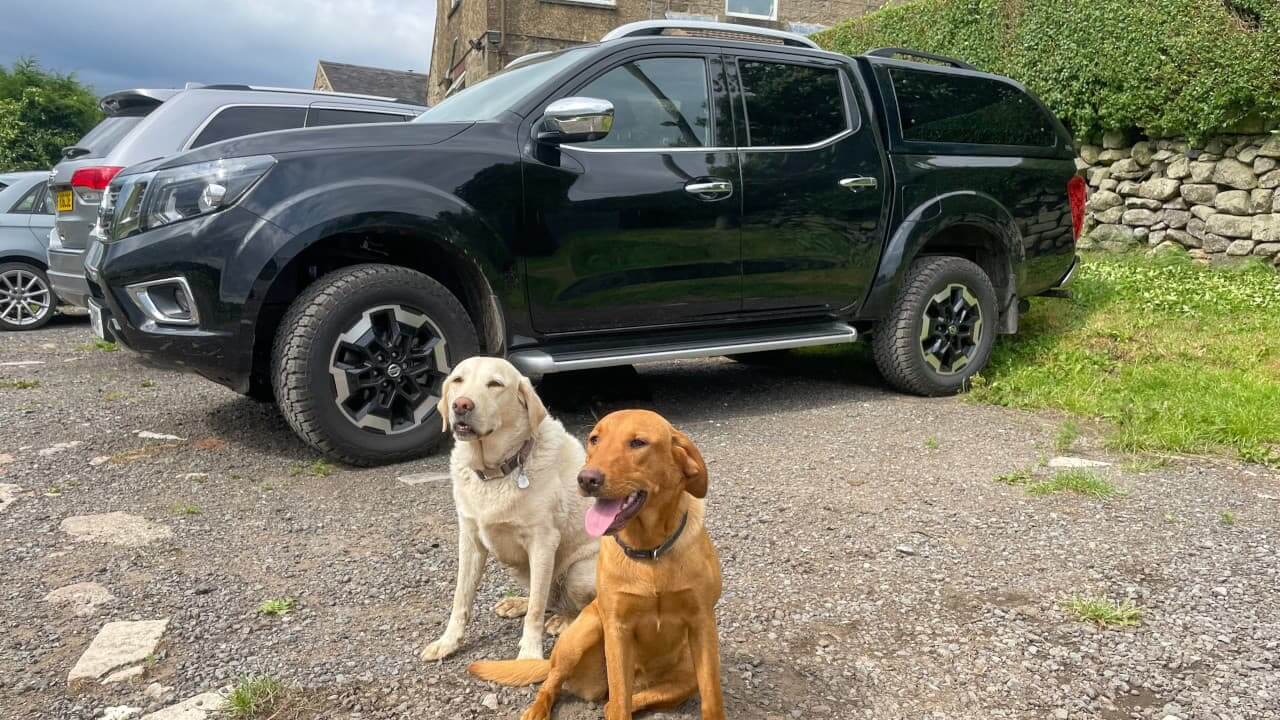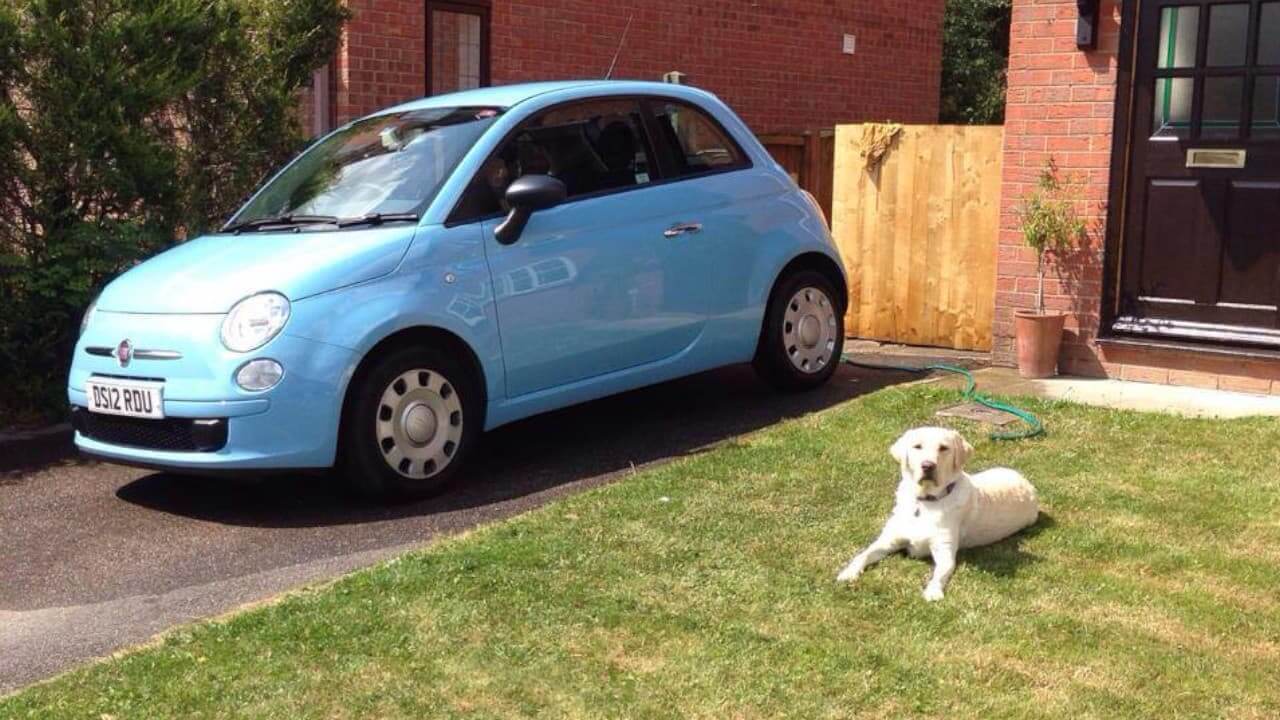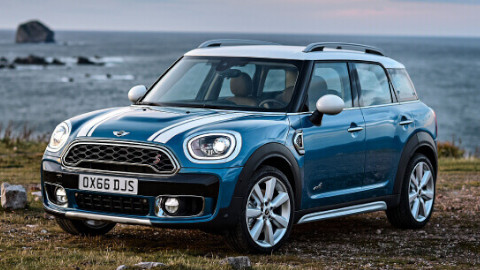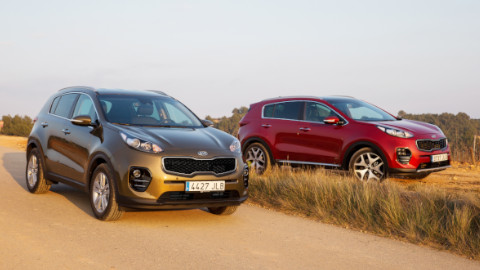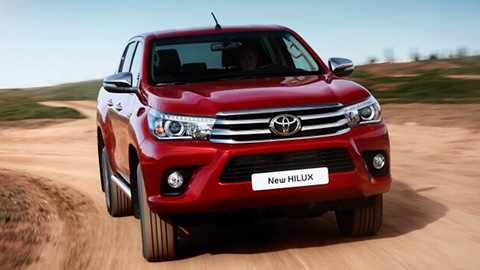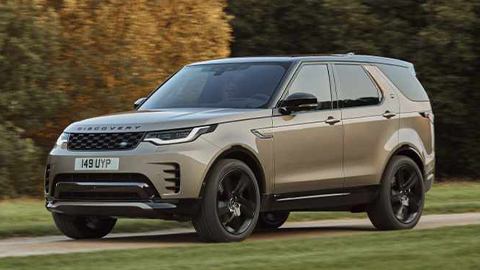Car Safety: Travelling with a Dog in the Car
29th Jul 2021
Dogs in Cars
At some point during your dog's life, they'll more than likely need to travel in your car; whether you're picking up your new puppy at eight weeks old, visiting the vet or going for an exciting dog walk further afield.
First of all, you need to make sure your dog is travelling in a safe manner. We have become very good at wearing seatbelts and securing babies or children in appropriate car seats, but we need to ensure we're just as cautious when it comes to the family pet.
Not only do they need to be safe, we want to ensure the dog is comfortable to prevent any injuries and stop car journeys from becoming an anxious event.
Most importantly, we need to be extra careful during the warmer summer months. The last thing you want when you're heading of on holiday with your dog, is a poorly pooch.
Keeping your dog safe
According to Rule 57 in The Highway Code, dogs or other animals should be suitably restrained when travelling in cars, to prevent them from distracting the driver or injuring the driver, passengers of themselves if the driver needs to brake suddenly.
Due to this rule, you could end up being considered as 'driving dangerously', if you ended up in an accident caused by your dog distracting you. Some car insurance polices may also be invalidated if your pet if not suitably restrained.
Several products are available for restraining dogs in cars including:
- Crates - Keeps your dog safe and secure, whilst restraining them
- Travel harness - Your dog can be safely strapped in to the front or rear seats, or the boot
- Carrier - Similar to a crate but it's portable and lighter to carry
- Boot gate - Prevents your dog jumping from the boot through to the rear seats
Keeping your dog comfortable
If you're planning on a road trip or long journey, it's important to make sure your dog(s) remain comfortable for the duration of the drive.
Simple things like packing plenty of water, to keep your canine companion hydrated, and taking regular stops, so they can stretch their legs and go to the toilet, will keep them comfortable and content.
You should also make sure your car is suitable for your dog. We have created a handy blog that lists the best cars for dogs and their owners, as well as a blog that highlights cars with big boots, if your dog will be travelling in the car boot.
Boot size isn't the only consideration you should make though, you'll want to ensure access is easy for them and features such as leather seats may be more appropriate than fabric, especially if your dog has a tendency to moult regularly.
How to keep dogs cool in the car
Hot summer days can be challenging for dogs, not just because of their fur coat but because they are more susceptible to heatstroke as they can't sweat, other than through their paw pads. They do use panting to try and regulate their body temperature, but they are still more prone to overheating than humans.
If you need to transport your dog on a day with high temperatures, try to avoid travelling in the middle of the day where the temperatures are at their peak. Head out early in the morning or later in the afternoon. You should also take plenty of water to keep them hydrated.
Never leave your dog in a car on a warm day as cars can become hot very quickly, even if you leave the windows down and park in the shade. If it's 22 degrees outside, a car can heat up to 47 degrees in just one hour, according to the RSPCA.
How to transport a puppy in a car
The day you collect your new puppy to bring it home is a very memorable day. It's important to not get carried away with its cuteness and forget about the safety of the pup and all occupants of the car.
You should still take caution to safely restrain the puppy as this will not only prevent the driver from becoming distracted, it will also keep everybody safe, including the puppy, in the unfortunate event of a collision.
Try to make the journey as pleasant as possible for the young dog as the car trips they take as a puppy will determine how well they travel as an adult dog. Car sickness is a common occurrence, as is a weak bladder, with 8-week old puppies so you're best preparing for these eventualities and taking plenty of towels or puppy pads to try and keep the car clean.
Dog Car Sickness
Aforementioned, puppies often get car sick. Did you know fully-grown dogs can suffer with motion sickness, too?
Slowly introducing puppies to travelling in a car and preventing any stress or anxiety with car journeys can help stop car sickness ever becoming an issue. However, if it is already an issue it may be worth contacting your vet.
Anti-sickness medication is available but it shouldn't be used consistently for a long period of time, therefore if your dog is going to be travelling by car frequently they may need to relearn how to travel in car, to prevent them from getting anxious and feeling nauseous.
Vomiting is the key sign of car sickness, but you should also look out for:
- Drooling
- Panting
- Retching
- Lip licking
- Swallowing a lot
If dogs become afraid of travelling in a car they may start shaking when they see the car, have toilet accidents during the journey or even refuse to get in the car.
Find your 'paw'fect car with Evans Halshaw
At Evans Halshaw we have an extensive used car collection and there are plenty of dog-friendly cars to choose from including SUVs, crossovers and estates.
If you need some inspiration on what car to purchase next, please check out our blog section on the website where you'll find many buyer's guides.

